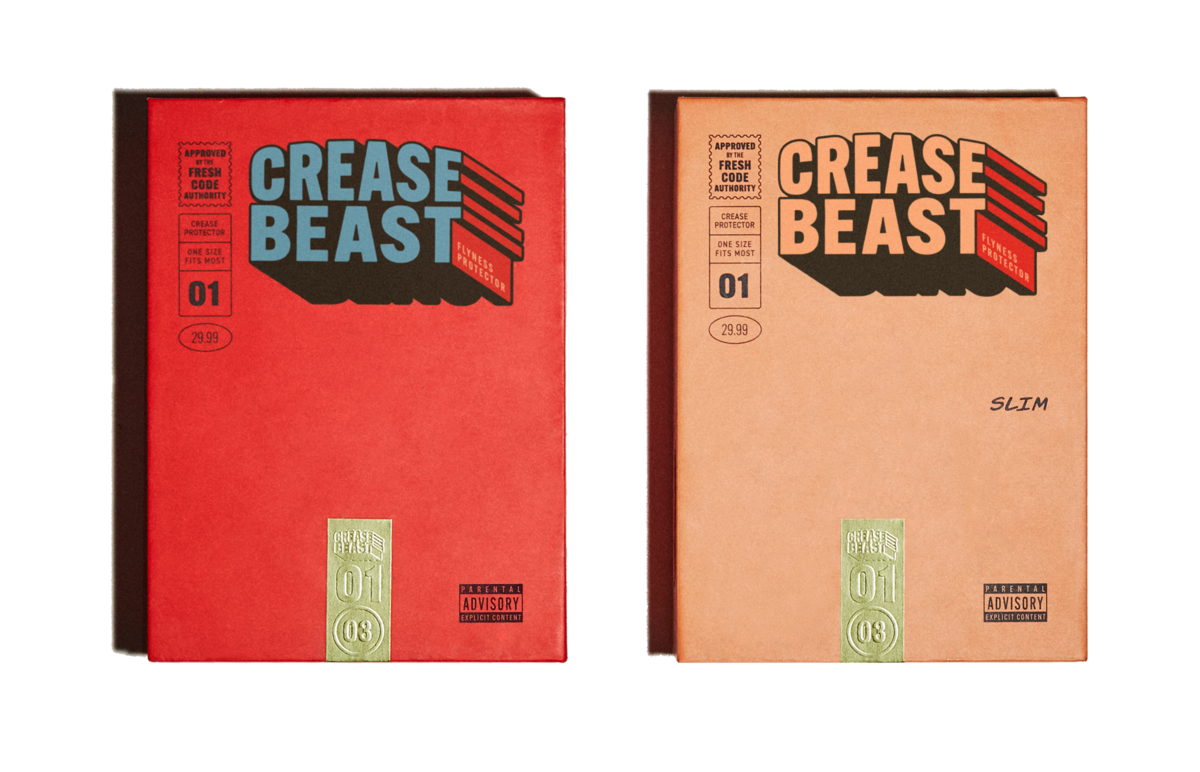What materials are best for shoe trees?
When it comes to preserving the shape and extending the lifespan of your shoes, investing in quality shoe trees is essential. Not only do shoe trees help maintain the structural integrity of footwear, but they also aid in preventing creases and wrinkles, allowing your shoes to look their best for years to come. However, with a wide variety of shoe tree materials available, choosing the best option can be challenging. In this article, we will explore the key factors that impact what materials are best for shoe trees and discuss the tradeoffs involved.
Wooden Shoe Trees
Wooden shoe trees have long been regarded as a classic choice due to their durability, natural aesthetics, and ability to absorb moisture effectively. The most commonly used woods for shoe trees are cedar, beechwood, and maple. Cedar, in particular, is highly prized for its pleasant aroma, which helps to combat odors and repel moths. Additionally, cedar shoe trees possess natural moisture-wicking properties that help prevent mold and mildew formation, making them an ideal choice for individuals residing in humid climates.
Plastic Shoe Trees
While wooden shoe trees offer many benefits, plastic shoe trees also have their own advantages. Plastic shoe trees are lightweight and affordable, making them a practical option for individuals on a budget. They are also less susceptible to damage from moisture and are easy to clean. However, plastic shoe trees may not be as effective at absorbing moisture, which could be a concern for those who live in areas with high humidity levels.
Boot Trees
Boot trees, as the name suggests, are specifically designed for boots. They have a unique shape that accommodates the larger size and different structure of boots, providing optimal support and shape retention. Boot trees are available in various materials, including wood and plastic, allowing users to choose the option that best suits their preferences and requirements.
Tradeoffs and Challenges
When deciding on the best material for shoe trees, it's important to consider various factors and the tradeoffs involved. Wooden shoe trees, while highly effective and visually appealing, tend to be more expensive compared to plastic ones. Additionally, the moisture-absorbing properties of cedar shoe trees may require occasional reconditioning to maximize their efficiency.
On the other hand, plastic shoe trees are more affordable and require less maintenance. However, they may not offer the same level of moisture absorption and aesthetic appeal as wooden shoe trees.
The choice between wood and plastic shoe trees ultimately depends on personal preference, budget constraints, and the specific needs of your shoe collection. It's worth noting that using shoe trees, regardless of the material, is always better than not using them at all in terms of preserving the shape and condition of your shoes.
Importance of considering the impact
While selecting the material for shoe trees, it's crucial to consider the environmental impact of your decision. Choosing sustainably sourced wood or opting for recycled plastic shoe trees can help minimize your carbon footprint. By making conscious choices, you can contribute to a more sustainable future.
In conclusion, when deciding on the best material for shoe trees, there are several factors to consider. Wooden shoe trees, particularly those made from cedar, offer excellent moisture absorption and natural aroma properties. Plastic shoe trees, on the other hand, are affordable and easy to maintain. Boot trees cater specifically to the needs of boots, providing optimal support and shape retention. Ultimately, the best choice depends on your individual preferences, budget, and environmental concerns. By investing in quality shoe trees, you ensure that your footwear remains in excellent condition, ready to accompany you on every step of your journey.
